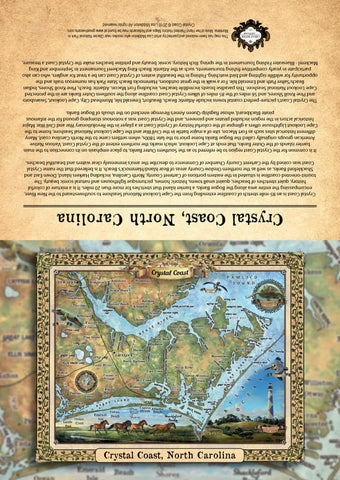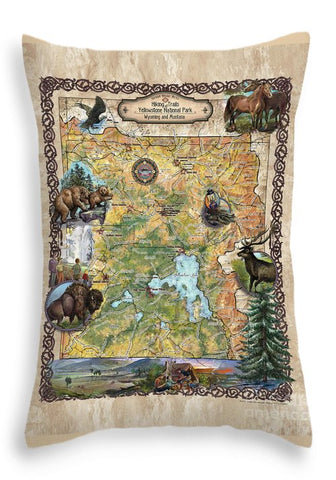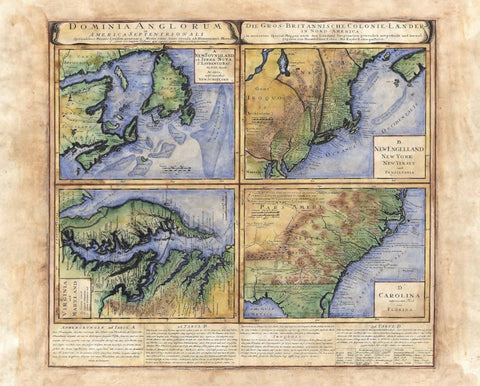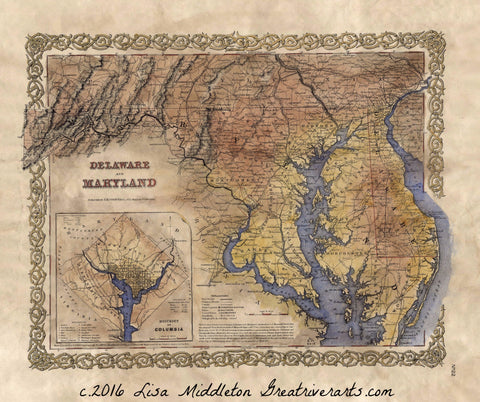267-Indian Territories 1844 vintage historic antique map poster print by Lisa Middleton
First published in 1844 by Henry G. Langley, New York, in Josiah Gregg's book, Commerce of the Prairies: Or the Journal of a Santa Fe Trader, During Eight Expeditions Across The Great Western Prairies, and a residence of nearly nine years in Northern Mexico, and published in his atlas in 1845, "Map of the Indian Territory Northern Texas and New Mexico Showing the Great Western Prairies" was the most accurate and reliable map of the southwestern plains during its time. This map is said to have been produced by Gregg, Sidney Morse and Samuel Breese, from a combination of works, including Humbolt's "New Spain" map of 1811, notes derived from Major Long's 1840 expedition, Joseph C. Brown's survey of the Santa Fe Trail in 1841, and Gregg's personal observations as well.
Josiah Gregg was born on July 19, 1806 in Overton County, Tennessee, spent his formative years in Howard County, Missouri, his teaching years in Liberty, Missouri, and later moved to Independence Missouri in 1825. With declining health stemming from consumption and chronic dyspepsia in 1830, he had to quit his studies in law and surveying. His illness took him on a journey west, partly as a medical tourist, but after his health recovered, he traveled into Santa Fe, New Mexico, across the plains between Missouri and Santa Fe four times, along the Chihuahua Trail into Mexico, through Indian territory, Texas, Oklahoma, and Louisiana. Gregg became a successful merchant and he recorded an account of his time as such along the Santa Fe Trail, from 1831 to 1840, in what became Commerce of the Prairies, in which, he produced a map of Santa Fe, with comments about the flora, geography, and geology of the region. His account ultimately became the source of this map.
This map is regarded as a landmark map by some, and it depicts in great detail the western territories, including Indian territory, northern Texas, New Mexico and the great western plains, along with the region extending from Missouri, Kansas and Louisiana, to the Rocky Mountains of Colorado. The map also tracks the routes of explorers, along with topography, towns, ranches, Indian villages, forts, trading posts, ruins, rivers and streams, sandy regions, Native American tribes, hunting grounds, emigrant routes, place names and camps. This map served a valuable purpose in providing direction for individuals who wanted to travel west across the plains during the mid-19th century.
"Due to the unique nature of our maps all sizes are approximate. Please do not purchase a frame until you receive the map and measure it."Free Shipping on all orders!
Satisfaction Guarantee. Full refund if returned in original condition within 14 days. Buyer pays return shipping. Full refund if returned in original condition within 14 days. Buyer pays return shipping.
Josiah Gregg was born on July 19, 1806 in Overton County, Tennessee, spent his formative years in Howard County, Missouri, his teaching years in Liberty, Missouri, and later moved to Independence Missouri in 1825. With declining health stemming from consumption and chronic dyspepsia in 1830, he had to quit his studies in law and surveying. His illness took him on a journey west, partly as a medical tourist, but after his health recovered, he traveled into Santa Fe, New Mexico, across the plains between Missouri and Santa Fe four times, along the Chihuahua Trail into Mexico, through Indian territory, Texas, Oklahoma, and Louisiana. Gregg became a successful merchant and he recorded an account of his time as such along the Santa Fe Trail, from 1831 to 1840, in what became Commerce of the Prairies, in which, he produced a map of Santa Fe, with comments about the flora, geography, and geology of the region. His account ultimately became the source of this map.
This map is regarded as a landmark map by some, and it depicts in great detail the western territories, including Indian territory, northern Texas, New Mexico and the great western plains, along with the region extending from Missouri, Kansas and Louisiana, to the Rocky Mountains of Colorado. The map also tracks the routes of explorers, along with topography, towns, ranches, Indian villages, forts, trading posts, ruins, rivers and streams, sandy regions, Native American tribes, hunting grounds, emigrant routes, place names and camps. This map served a valuable purpose in providing direction for individuals who wanted to travel west across the plains during the mid-19th century.
"Due to the unique nature of our maps all sizes are approximate. Please do not purchase a frame until you receive the map and measure it."Free Shipping on all orders!
Satisfaction Guarantee. Full refund if returned in original condition within 14 days. Buyer pays return shipping. Full refund if returned in original condition within 14 days. Buyer pays return shipping.
We Also Recommend











